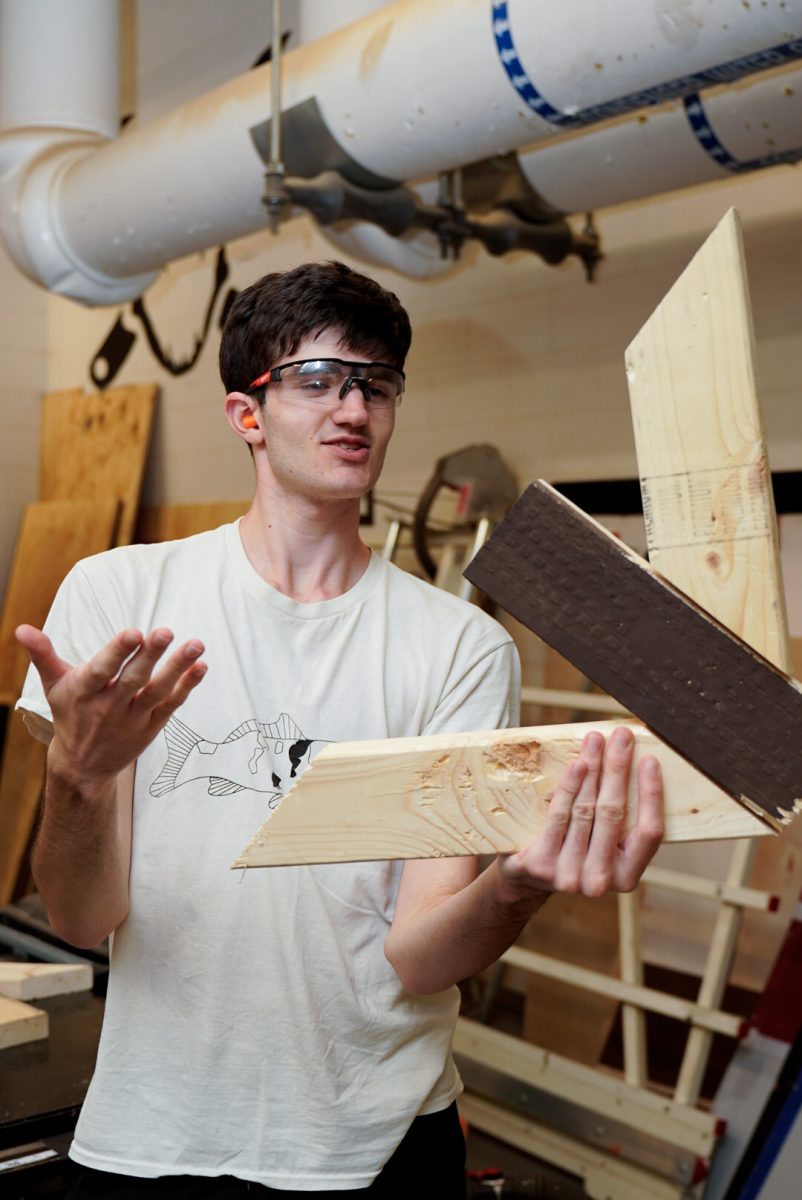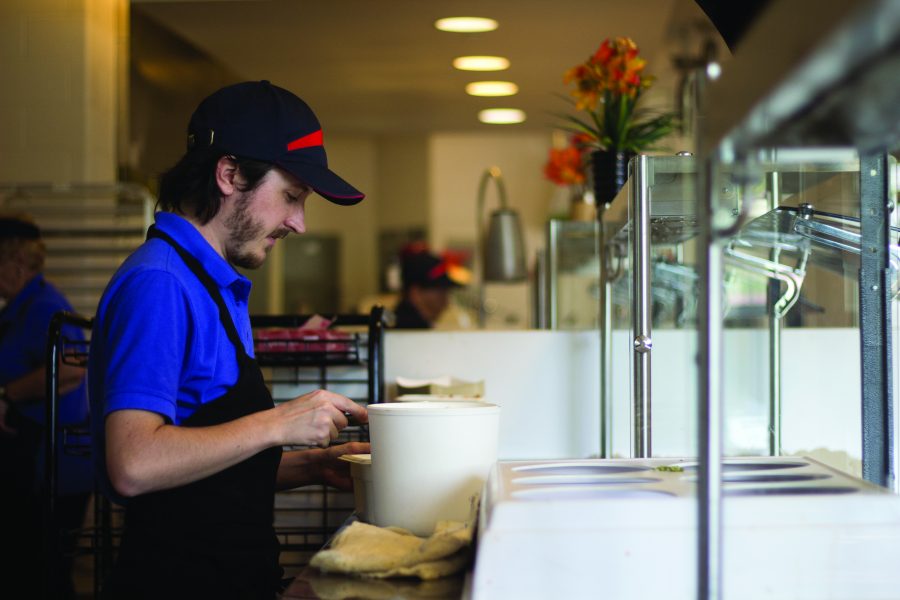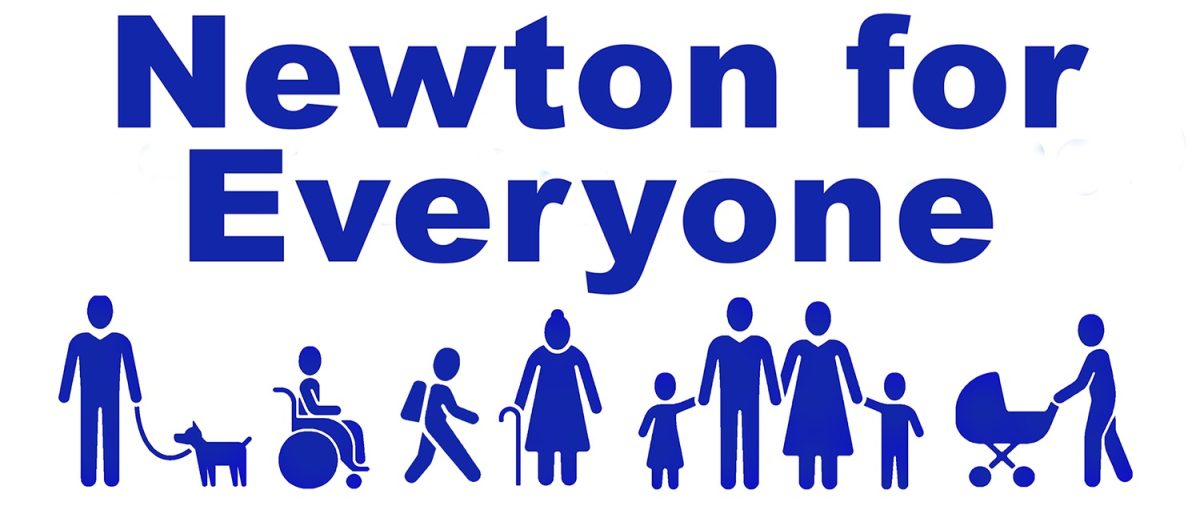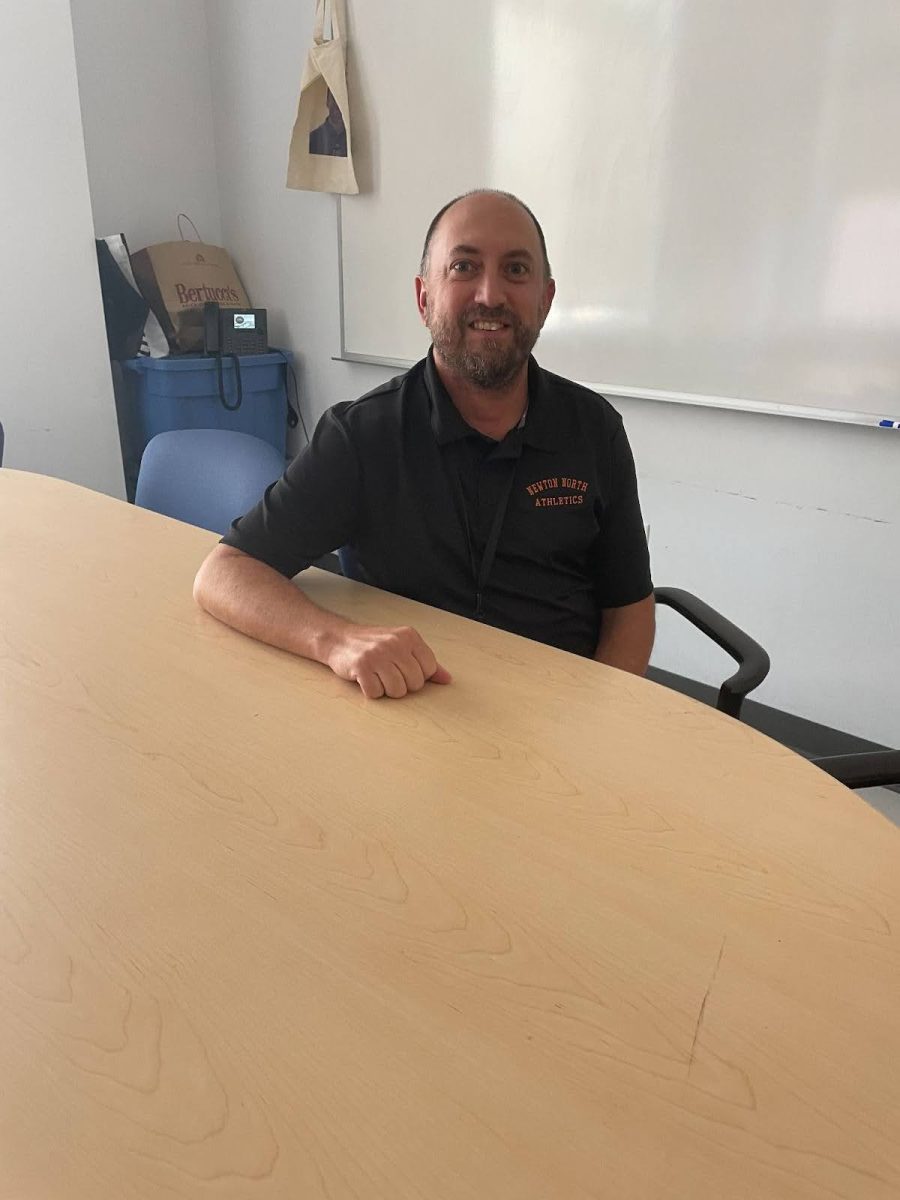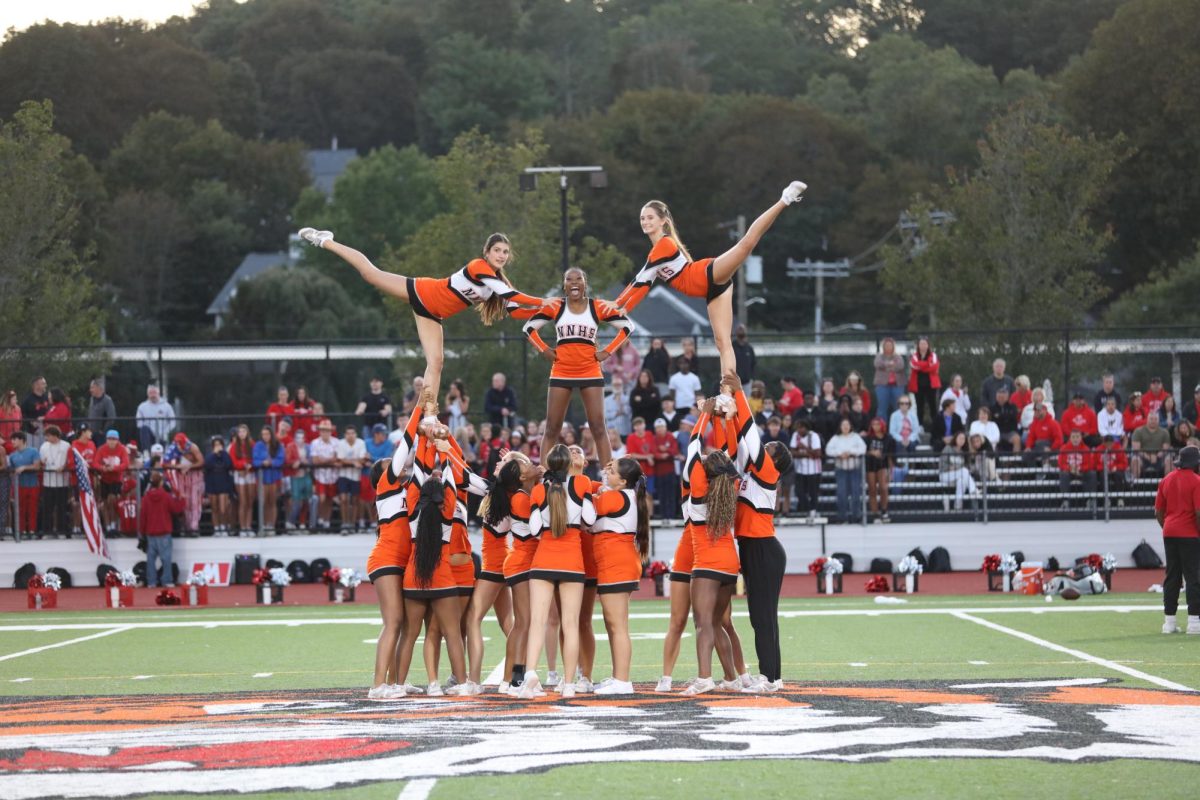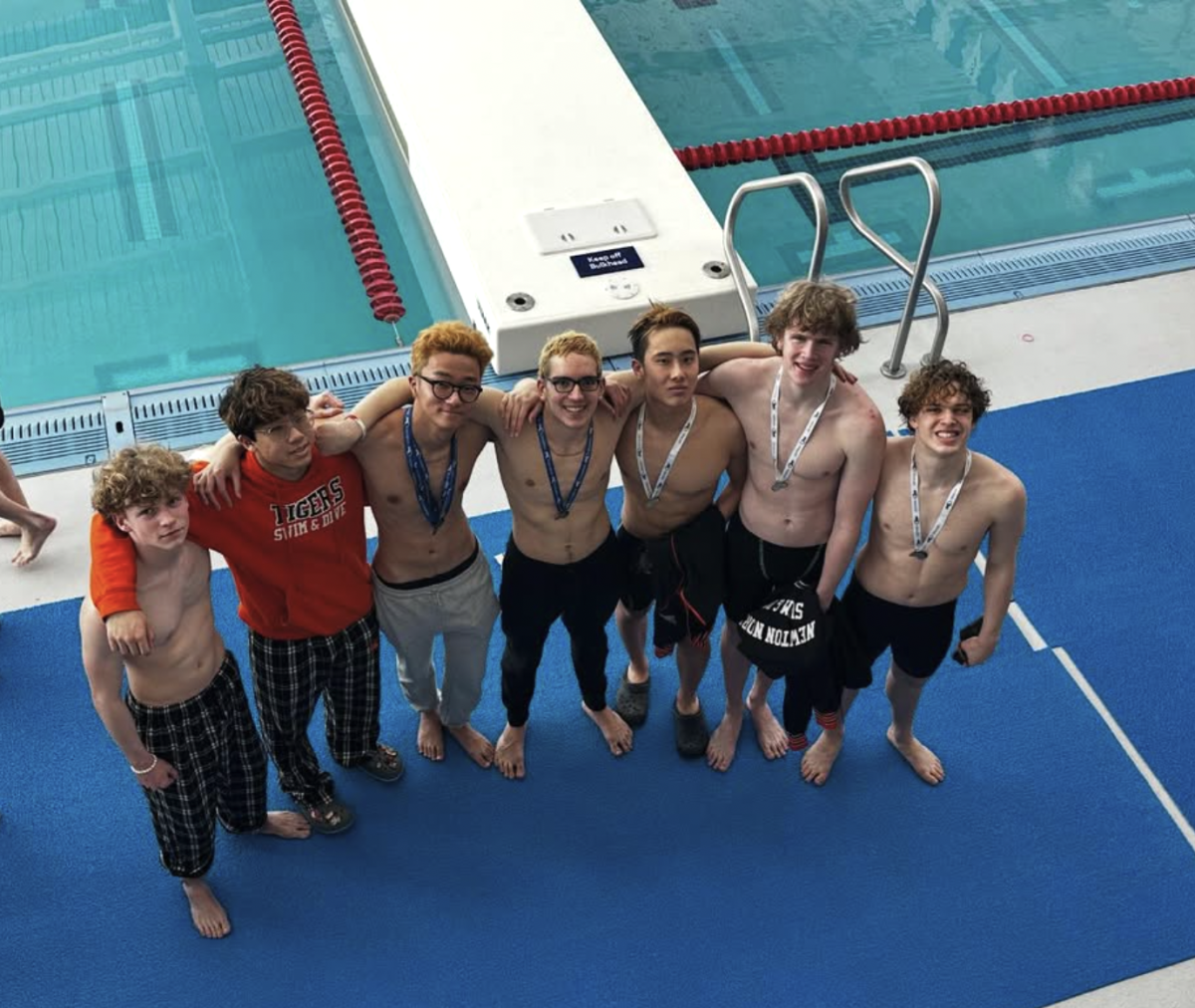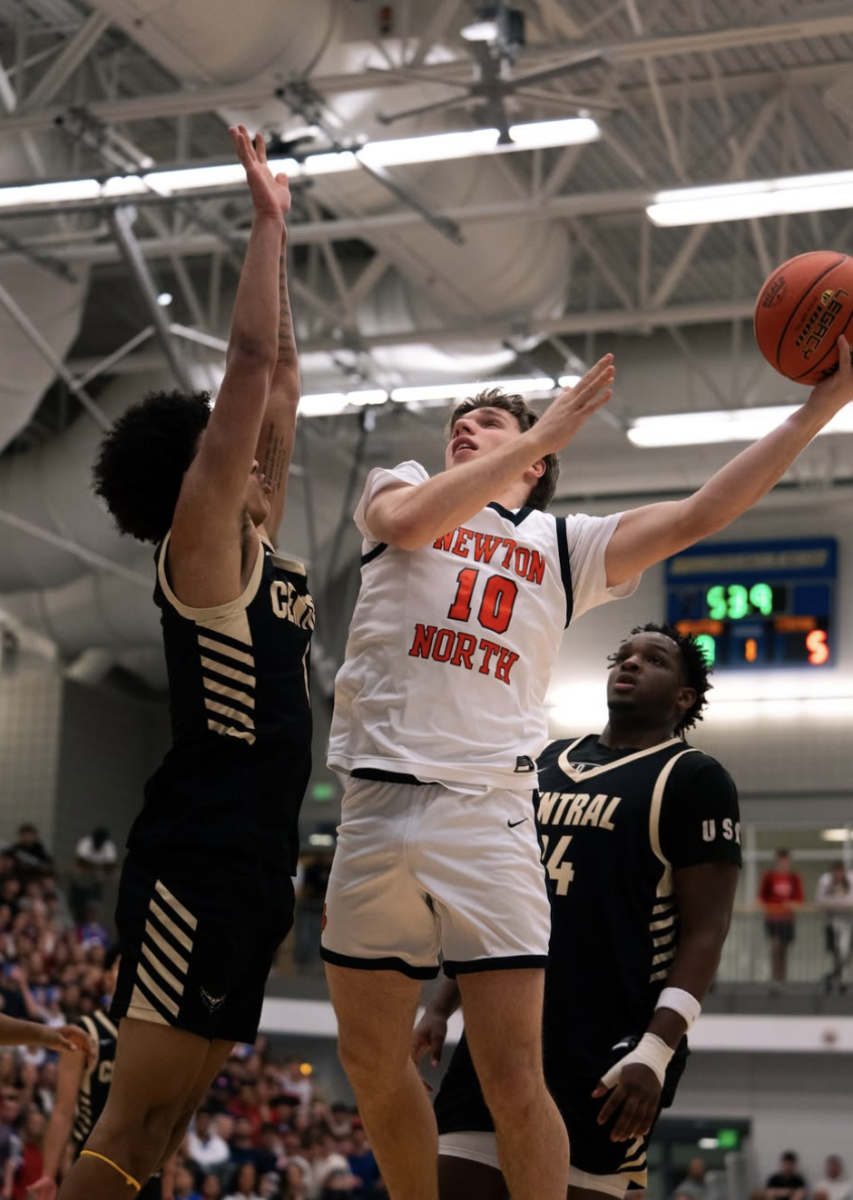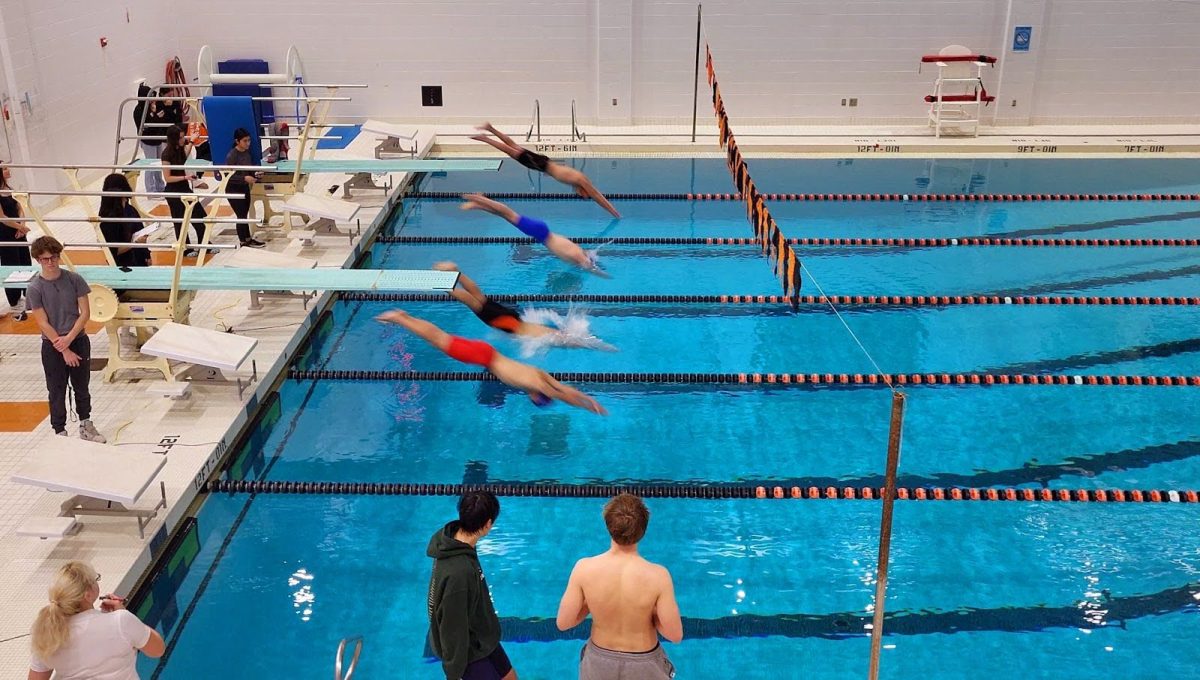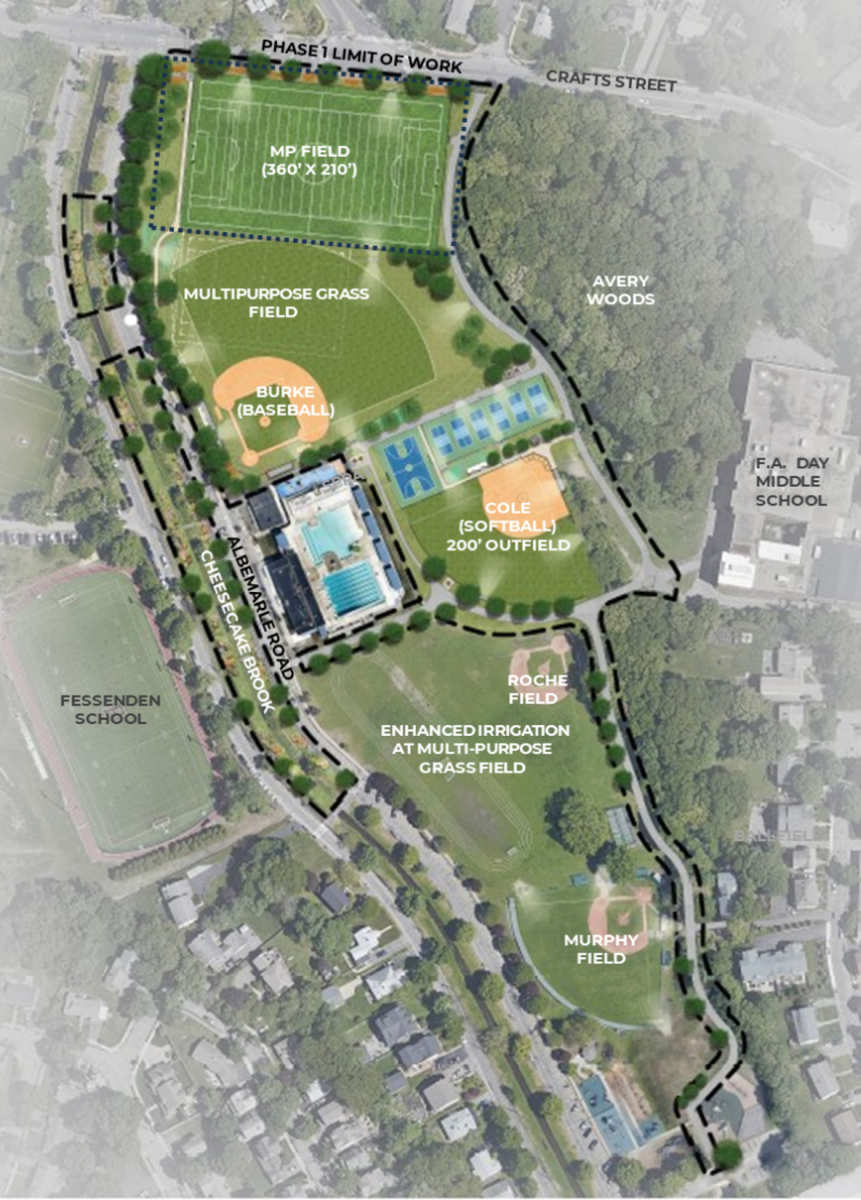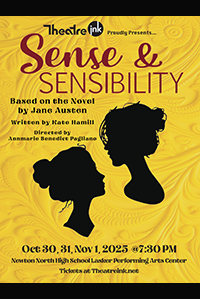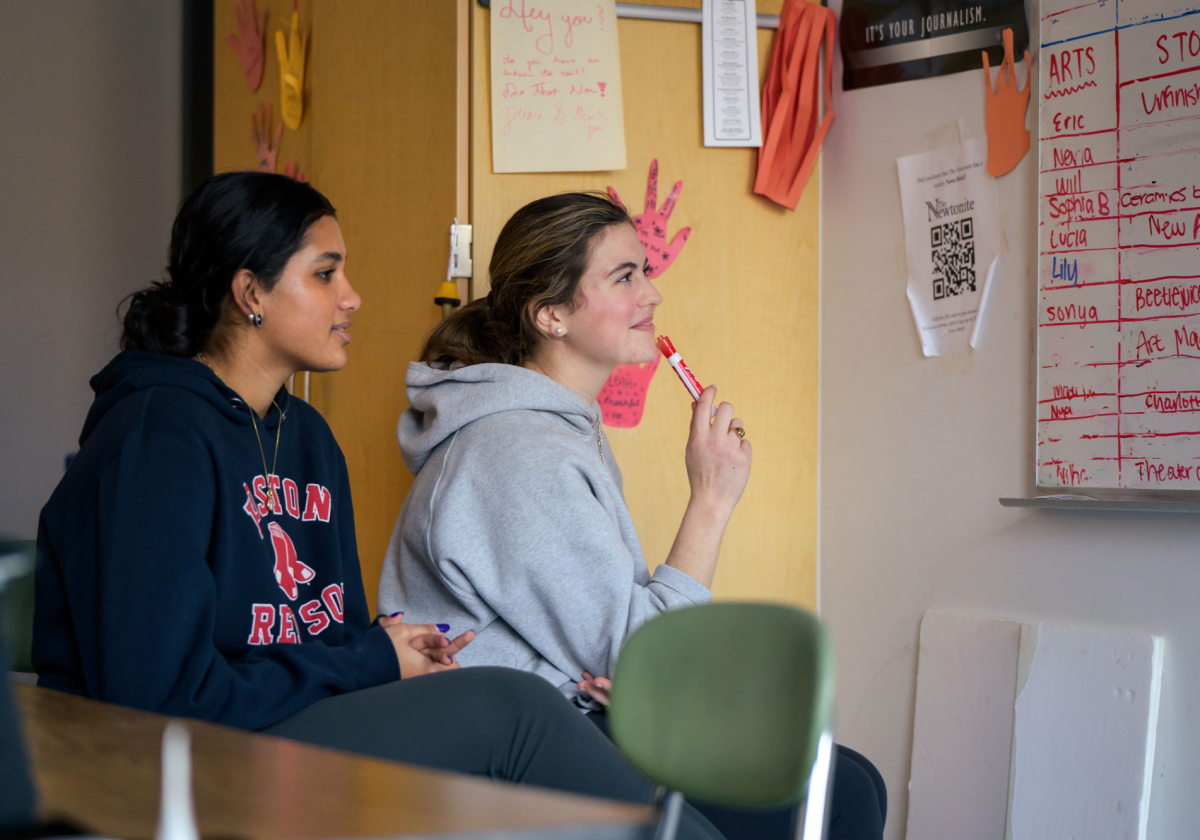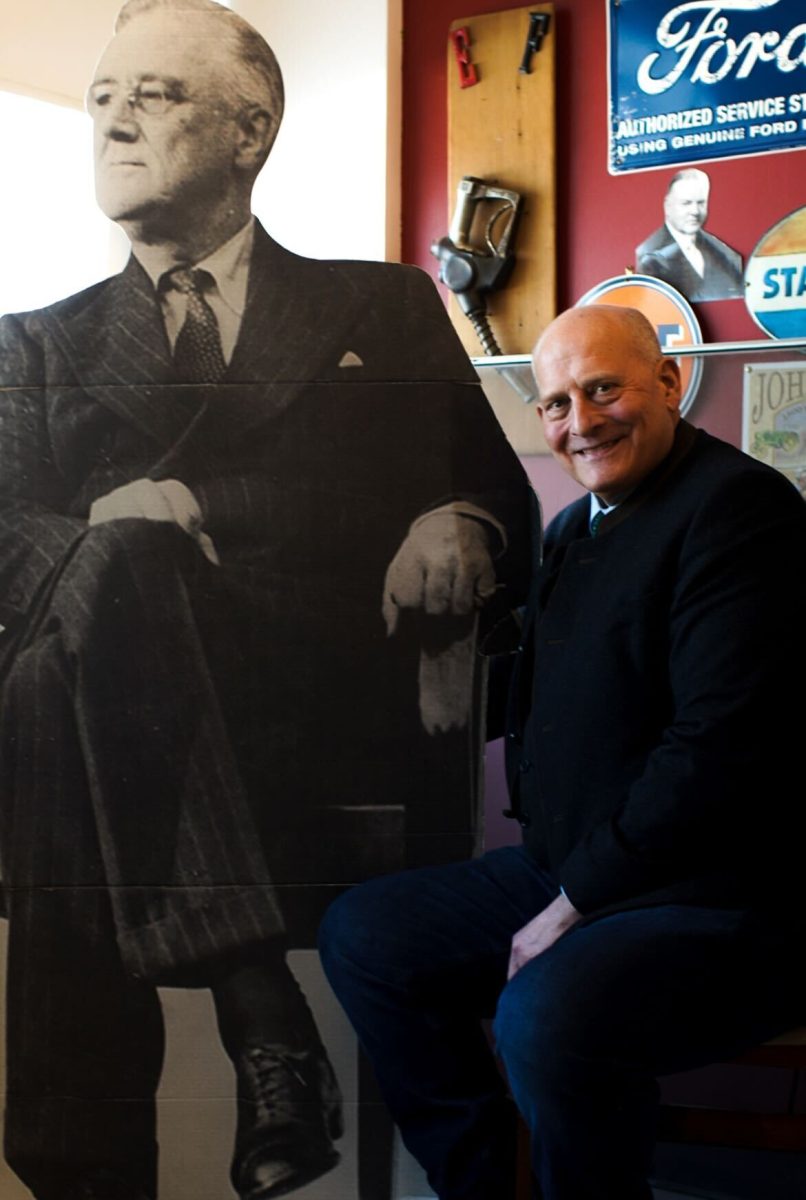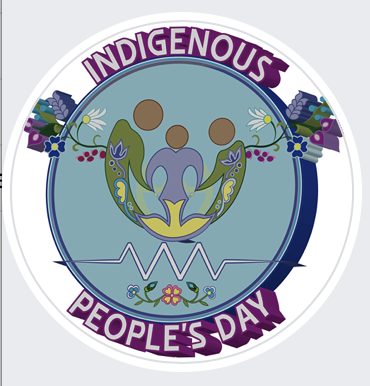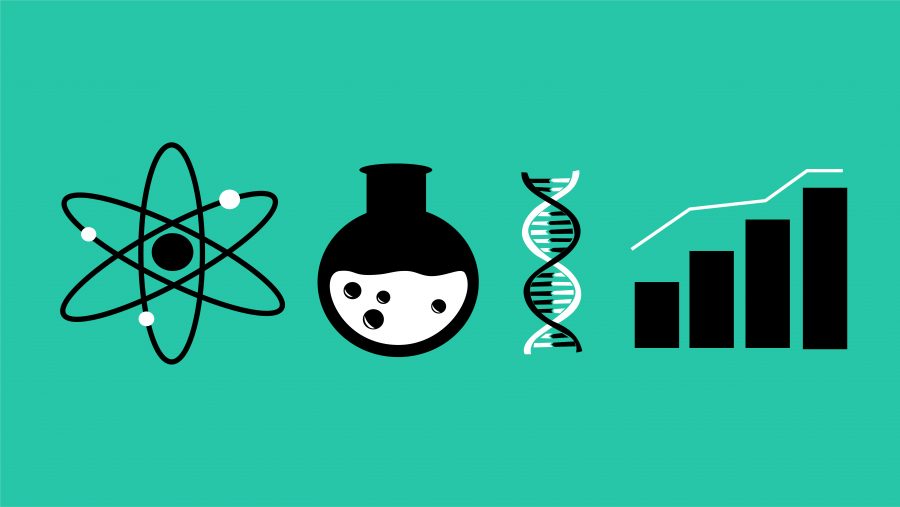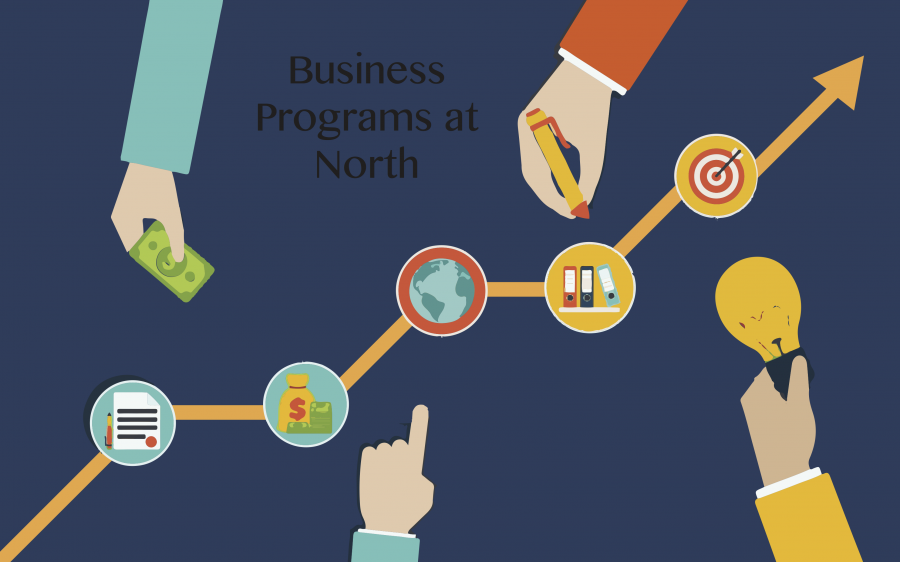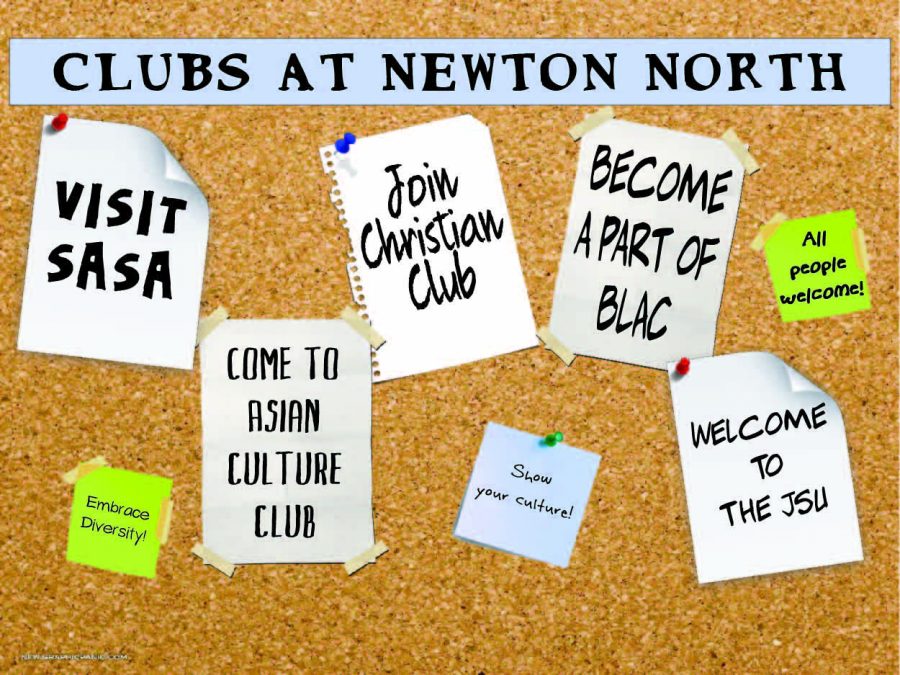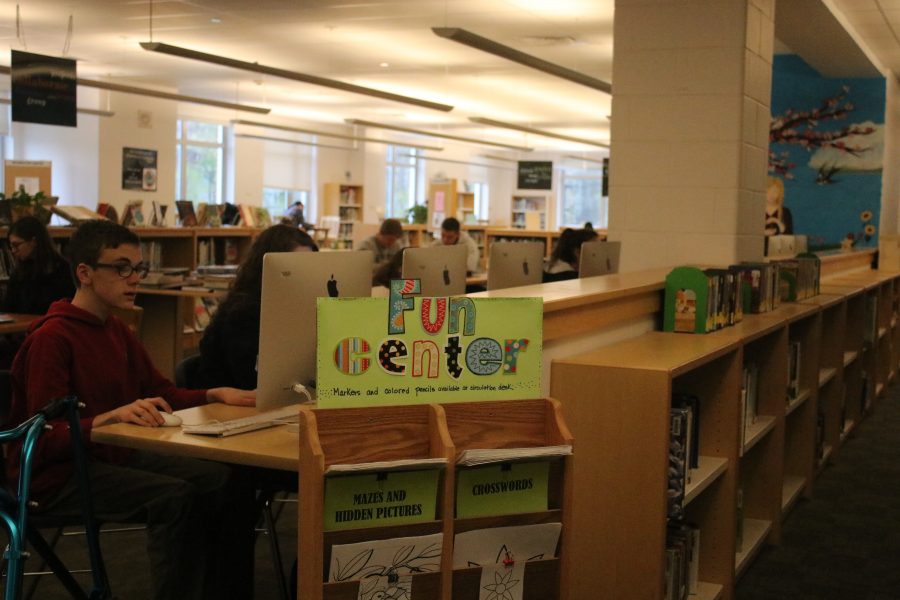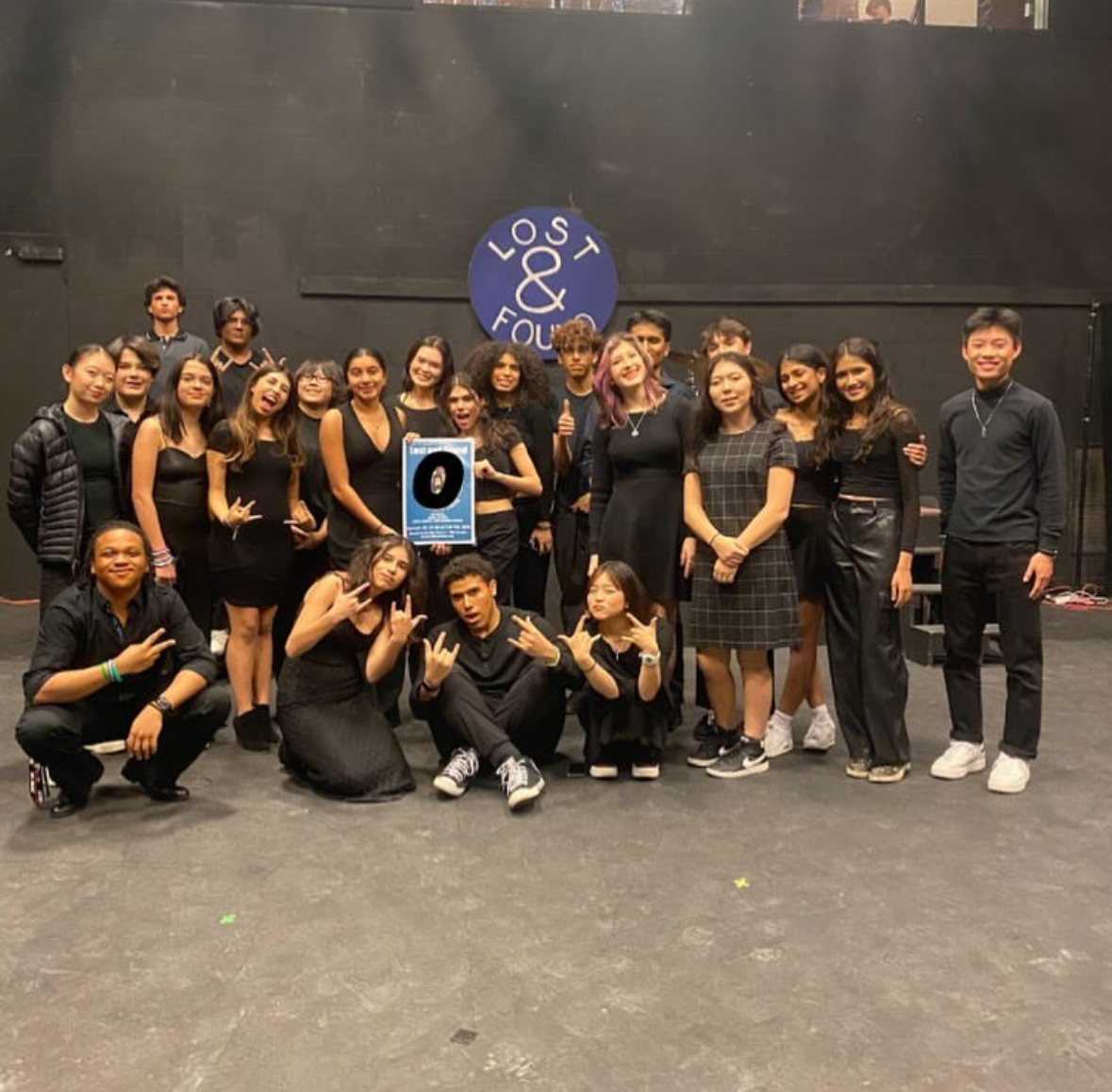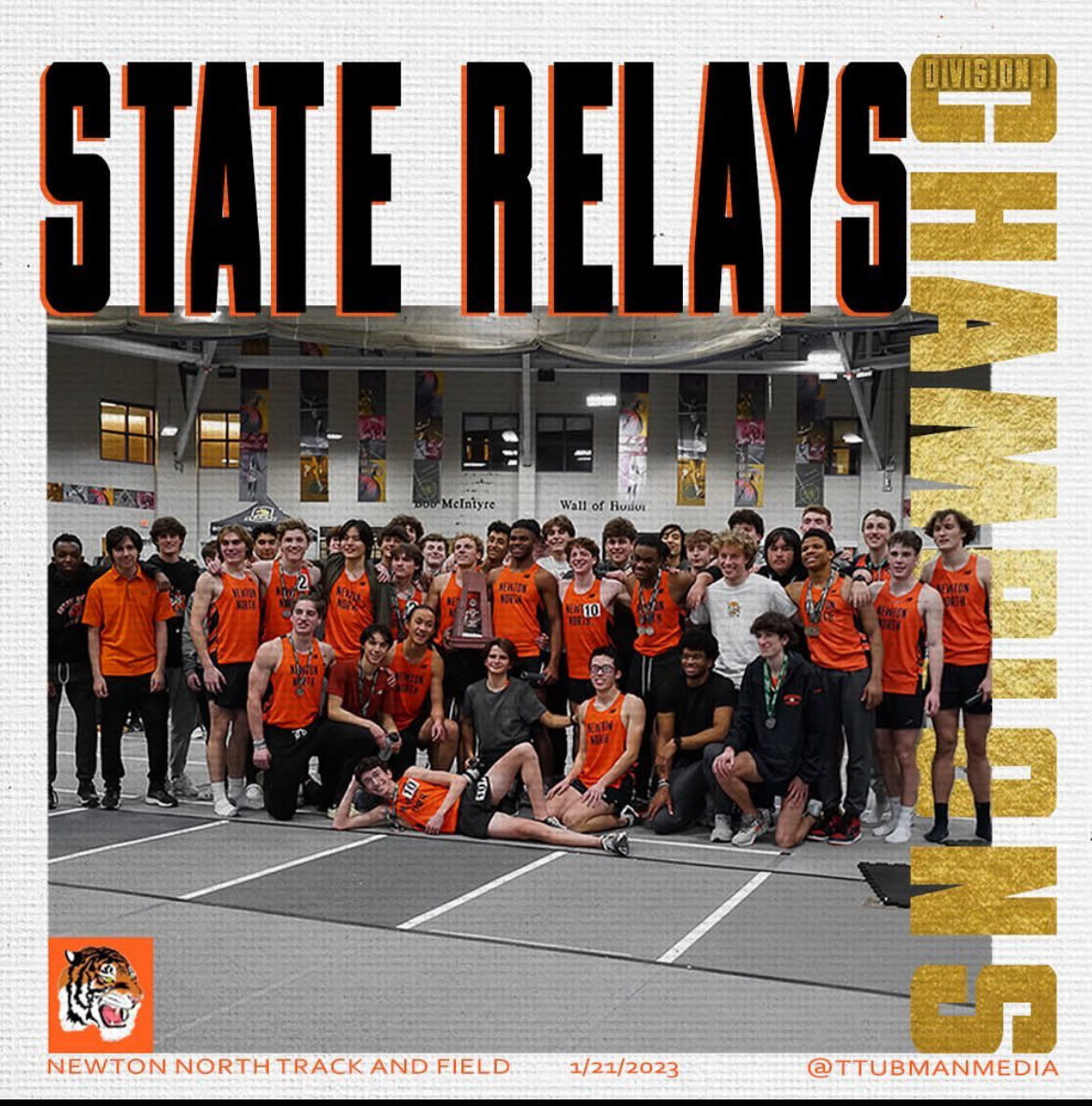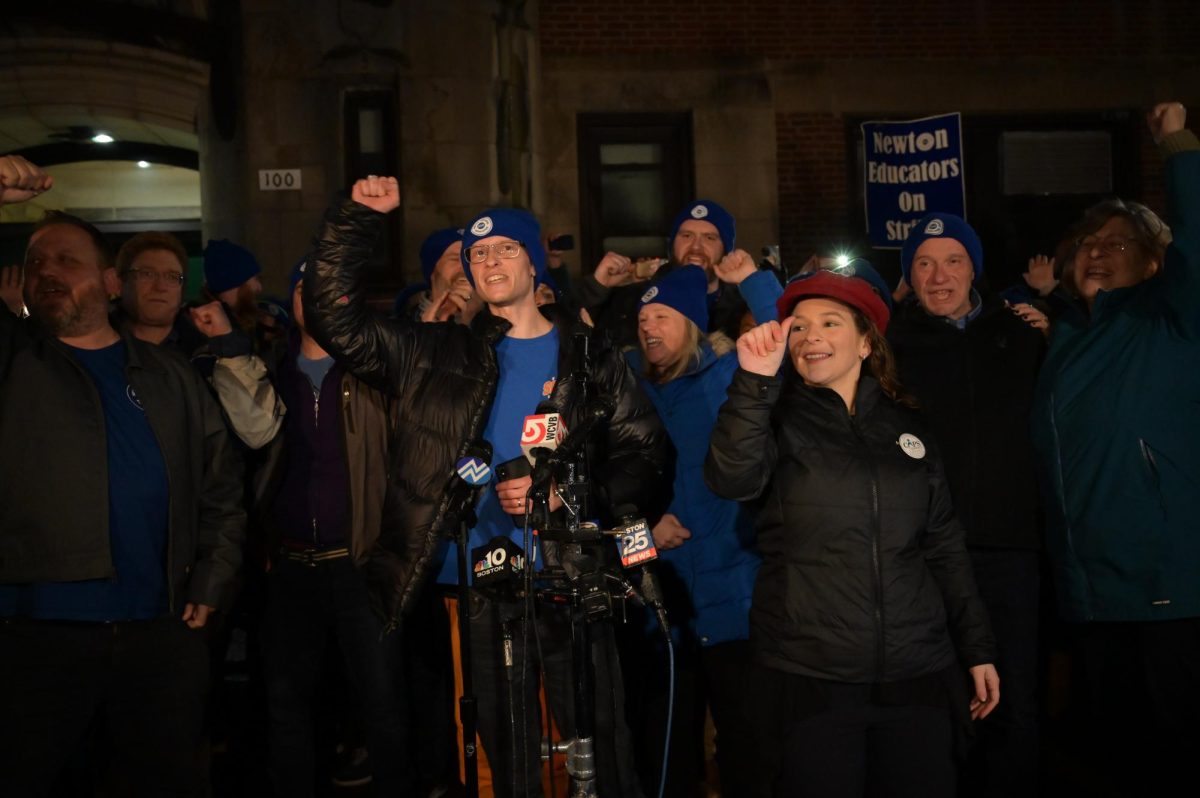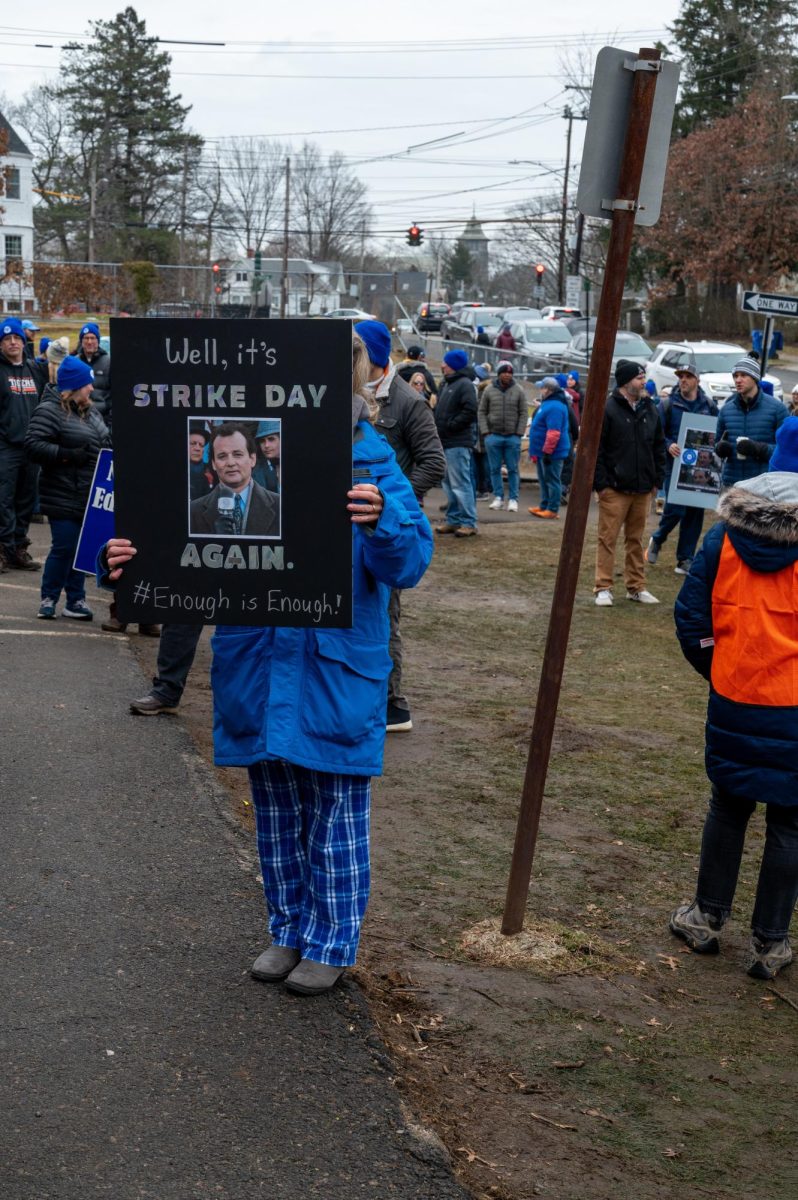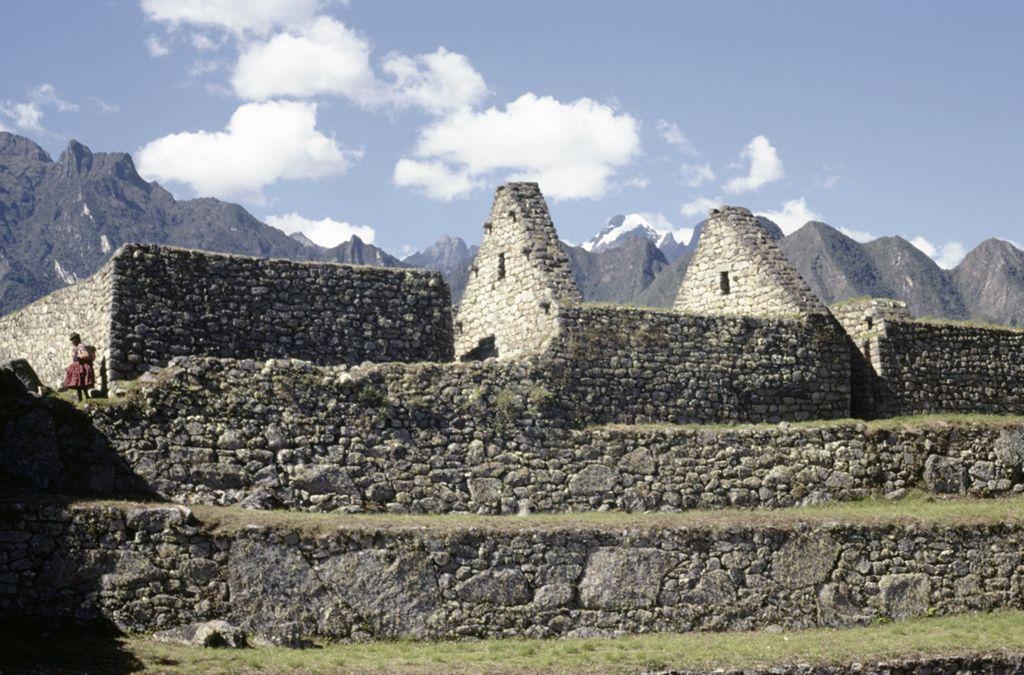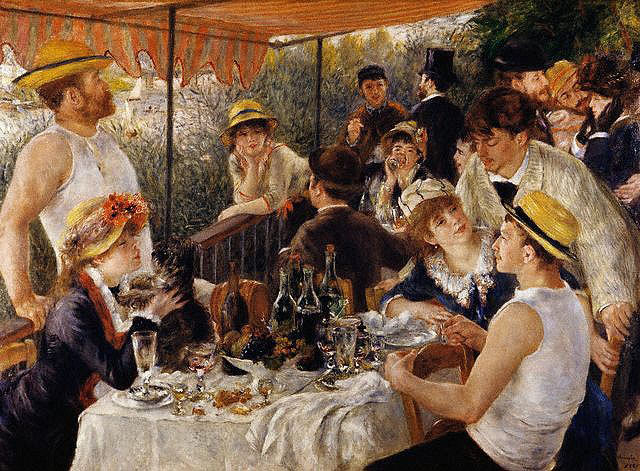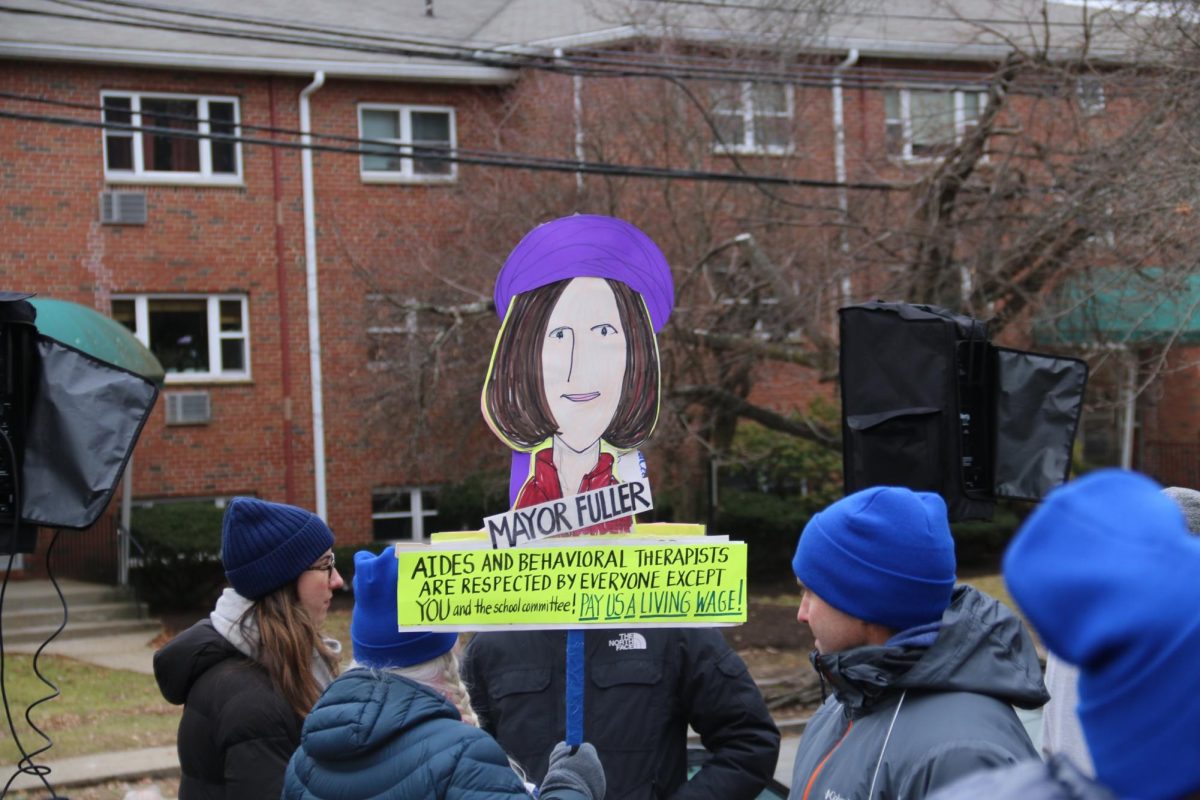According to PhotoAiD, 48% of travelers visit places to flash their experiences on social media, whether it is the 25 pictures staged on an influencer’s story, or an ensuing trip post flaunting the highlights that each day brought. For these 48% of people, sharing those photos is not about sharing what experiences they enjoyed most during their vacation; it is about displaying what experiences those who follow them will envy or comment on. But the reality is, you don’t need to post those pictures, or in some cases, even take those pictures to have the ideal memories that you can recollect on.
Last summer, I traveled to Machu Picchu, one of the wonders of the world – one of the most picturesque destinations. There are two paths to reach the same destination.
One, by hiking the Inca trail. A grueling 26 mile hike that takes four days and three nights to complete. Not only are you tested both mentally and physically to break barriers, and endure restless conditions while hiking, but also during apparent relaxation times of eating and sleeping, where you shove down week-old slop to tide yourself over, or while sleeping, when you’re getting bit by spiders inside of your sleeping bag.
Two, you can take a fabricated scenic train ride up the andes and arrive two hours and 30 minutes later at the base of one of mankind’s greatest achievements.
We live in a world where shortcuts seem to attract the likes of the average person. In a society where shortcuts might even be encouraged by those around us. We as humans, particularly the younger generation, have begun to prioritize ease over experience. This issue expands broader than the hike of just one 15 year old kid. In all facets of our lives we’ve been given outs by utilizing technology in one way or another. Whether it’s by ordering food from doordash rather than picking it up, having tough conversations with people over the phone rather than in person, or even being able to experience things second-handedly. But at what point does efficiency become problematic? At what point does efficiency cost more than the benefit of the experience?
For those of us who have endeavored on hiking the Inca Trail, Machu Picchu becomes more than a destination with old stones stacked upon each other. Seeing those ancient stones is a reward. Each blister, sore muscle, and tiring moment of climbing trails so steep and long that the end seems out of sight becomes worth it. When the stone ruins become a reality, you feel more than just the pain of the four day hike that just concluded. You can feel the history of each step those stones took to get to where they are today because you realize that you’re just like those stones. An accomplishment.
As for the train goers, arriving at the sacred land of Machu Picchu is just another stop on the railway. A mere item that can be checked off the list. Or a place to take photos for your social media. While you might be standing on the same patch of dirt as someone who hiked the Inca trail, your place on the mountain is drastically different. The Inca Trail has a deeper meaning to it than seeing a wonder of the world. It can be categorized as a route about endurance, perseverance, mental struggle, and most importantly growth. While the other is about efficiency, ease, and more simply put: A shortcut.
As a kid, I always dreamt of doing the impossible. On the internet I would see kids, just like me, becoming internet sensations by virtue of their athletic ability, or any other prodigal attribute and being honest with myself, I would’ve taken their life in a heartbeat. Maybe I still would, but that luxury was never presented to me. Nor is it presented to 99% of children who are and were born during the internet era.
Yet, while I never was given the expedited route to becoming an overnight success, I have come to appreciate the journey rather than the destination, just like was the case atop Machu Picchu. The Inca Trail doesn’t represent just a hike. It was built by the Inca people as a means for transportation across their land, and according to WamanAdventures, we may never know for sure how long it took to construct, but we can estimate that it was approximately 100 years. Not 100 years of half-assing it though- 100 years of dedication, effort, planning, and perseverance to create a masterpiece that not only still stands today, but is utilized with thousands of people climbing those original historic steps every year. Imagine the Incas had sought shortcuts in order to complete it easier. Imagine the Incas chose ease over hard work. Would the Inca Trail still have the following and historical significance that it does now? More importantly, would one of the seven wonders of the world, Machu Picchu, still be a world renowned place to visit, and would it even still be standing today?
In modern times, we’ve turned to social status and wealth to measure success, and more specifically, how quickly and efficiently we can achieve those things. But why hasn’t the notion ever been widely presented or accepted that success isn’t about speed, or ease. True success is about the journey you embark on, or the obstacles you overcome throughout, or most importantly, the personal growth that occurs along the way?
We have become so accustomed to correlating the wrong traits with success that it has grown to become radical to choose a harder path, or a longer one. It is tempting and hard not to take the train to Machu Picchu, to opt in the route of the shortcut and take the easiest path. But the easiest path doesn’t always, or really ever represent that path that is the most fulfilling and beneficial. The greatest rewards always come from the struggles that we overcome, and the determination that we channel to continue on.
This is represented in our society as well, according to Harvard Business School, 50 percent of startups last less than five years, and only 25 percent of them make it past 15. A perfect real world example of this is Adi Dassler, the founder of Adidas. He began his journey shoemaking in his mothers laundry room. Without any customers and a market that had already been seized by more experienced, and higher funded companies. But this didn’t deter Dassler, while he had many setbacks, and it took a long time. At the age of 49 he registered his shoes and they became the official shoe of the 1954 German National Soccer team who won the World Cup that year.
This moment solidified Adidas as a world class shoe company. But would he have had the same outcome if he had tried to take a shortcut to success? Or would he have even made it that far? His story, like this Inca Trail, is a testament to perseverance and resilience always lead to the greatest journeys, and destinations.
Next time you’re faced with an option between the easy path, and the hard one, I urge you to consider what you stand to gain from either. I know for me, if I had taken the trail to Machu Picchu it would become a fading picture in my mind, and just another post that was on my social media feed. So do you want a memory that will fade? Or do you want a memory that will forever be a testament to your perseverance and grit, and a memory that will shape you and challenge you inevitably making you a better, and stronger person?
Here is what I will leave you with. The journey matters. So does the struggle. Because in the end, the journeys that took the most work and the hardest work are always going to mean more than the ones that don’t.

